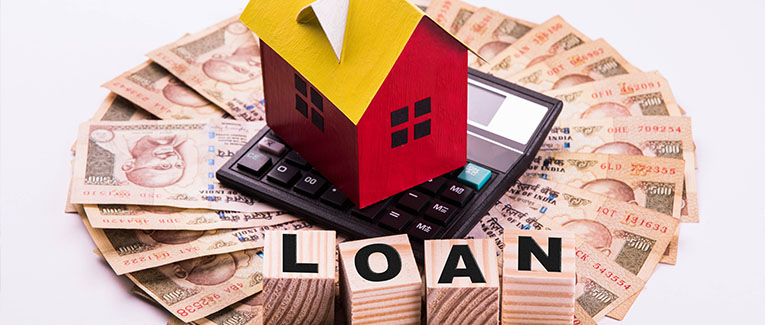
Now that you have obtained NRI status, you might be wondering whether you would be eligible for a loan in India. While most of the major Indian banks would provide you with a loan for sure, the rates of interest for such loans in India are on the higher side – as compared to similar options abroad.
Should You Consider Taking a Loan Abroad?
It might seem worthwhile to obtain the loan from abroad, in light of the lower interest rates prevailing there. Do go for it – but after considering some of the factors as detailed below:
Keep in Mind Possible Currency Fluctuations
You might be considering taking the loan to make an investment in India. Should the Indian rupee depreciate against the currency in which you took the loan then your outflow in terms of loan repayment would be quite high. And this risk remains irrespective of the investment options.
A better idea might be to repay the loan with the income that you earn abroad – and let the income from the investment in India accumulate in India itself. This way, you would stay protected from the rupee depreciation – as far as the loan repayment is concerned.
Factor in the Currency Conversion Charges
Transferring the loan amount to your account in India would involve charges on account of currency conversion. It’s a commission that the bank will charge you. If you plan to transfer the fund back to your country of residence, then this charge would be applicable twice. However, if you take the loan from India, then obviously this charge won’t be applicable.
Note the Type of Rate of Interest
The loan that you take would be having a rate of interest that will be either i) flat or ii) reducing balance.
Flat
Under flat rate, the interest is calculated on the entire loan amount for the whole tenure. The entire interest is added to the loan principal. And this amount (after addition) is divided by the number of months in the tenure to arrive at the EMI. Hence, the interest component in the EMI remains constant throughout the tenure.
Reducing Balance
Here, the interest is charged on the principal outstanding. Here, the interest component goes down in successive EMIs while the principal component goes up. Thus, a flat interest rate of a certain percentage corresponds to a much higher percentage under the reducing balance method.
Will You be Getting Tax Rebates?
A home loan or education loan repayment in India would entitle you to tax benefits. Be sure to check if the same benefit is available in the loan that you plan to take from abroad.

